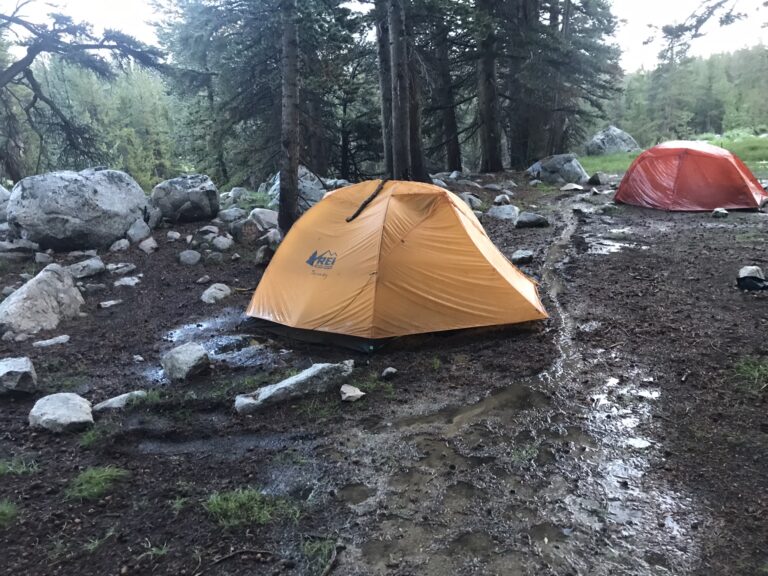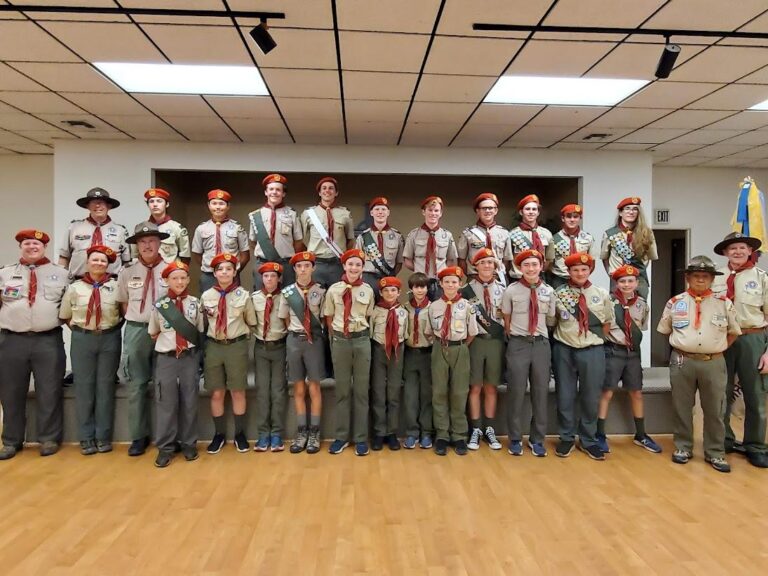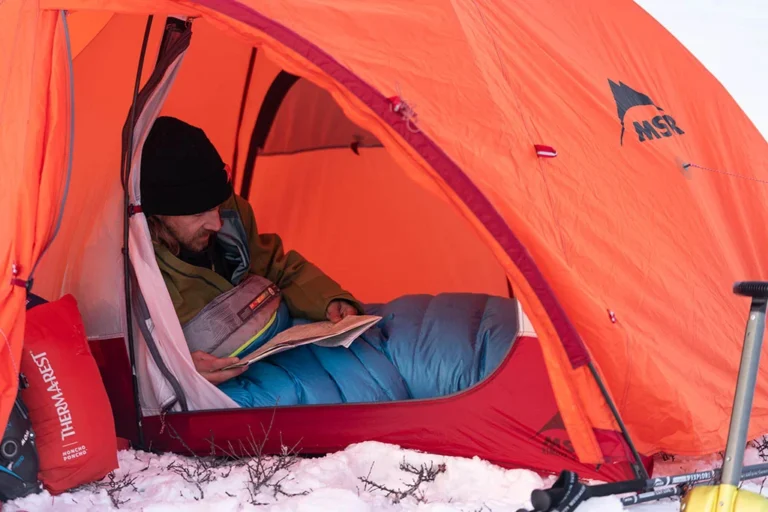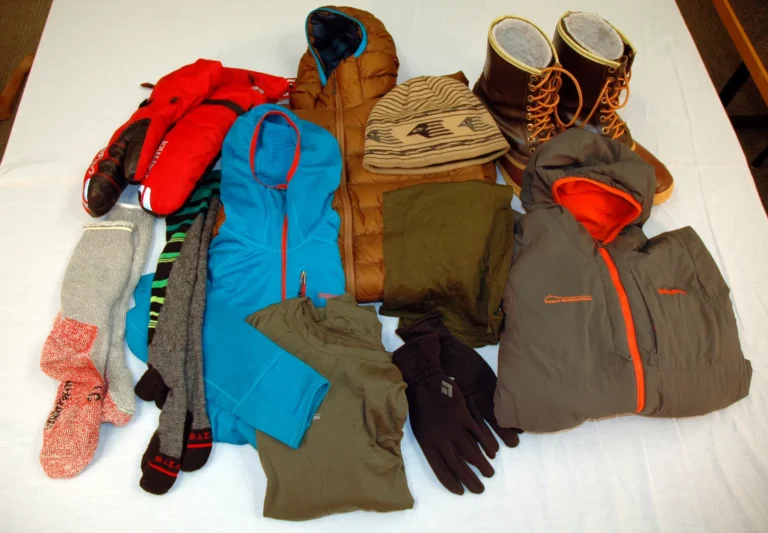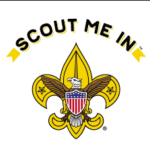Canoeing is a rewarding experience. And the greater your knowledge and skill, the greater will be your reward. The tool of this pleasure -your canoe- therefore merits special care. In handling a canoe on shore, always carry it. It won’t stand being dragged over rough ground.
Get into the habit of using the proper paddling position. This is a kneeling position, with knees kept well apart on a light, but adequate, kneeling pad under each knee and with the buttocks resting against a thwart (crosspiece). The kneeling pad is an important part of the canoeist’s standard equipment it will contribute greatly to his comfort and the experienced canoeist never tries to get along without it. The paddling position is the safest position because it keeps the center of gravity low. It is also the best position for speed and for keeping the canoe steady and under control.
When there are two paddling a canoe, the bowmen generally use a straight paddling stroke, while the sternman paddles on the opposite side and finishes his stroke with a hook that steers the canoe. When you are paddling alone, you act as both sternman and bowman, while you sit in the middle of the canoe. In either case, you must know the four parts of the paddle stroke: the catch, pull, recovery, and feather.
For the catch, face the blade squarely aft as it enters the water. The pull and power really starts by pushing the upper hand forward. The lower hand follows through on the pull. With the lower arm comfortably straight, recover the blade, swinging it forward again with a feather that is almost parallel to the surface of the water.
Although the good canoeist is not likely to upset his canoe there is always the possibility of his being in such a situation. It is therefore important that he know what to do at such a time. The first rule is to stick with the canoe and then try to get it back to shore. Always remember that your canoe is an excellent life preserver and it can save your life. It has been demonstrated many times that a canoe filled with water can keep a number of swimmers afloat merely by their holding onto the gunwales. If you are alone get back into the swamped canoe and paddle it back to shore.
It is possible to vault out of your canoe and climb back into it again without shipping water and without losing contact with the canoe. To get in again, grasp the canoe amidships near the gunwale and reach across to the other; kick your legs vigorously in a crawl motion until your body slides over the gunwale; turn your body; sit down; swing your legs in; and assume the paddling position.
